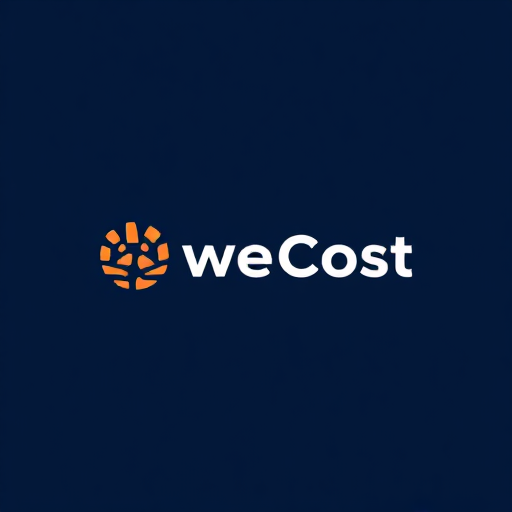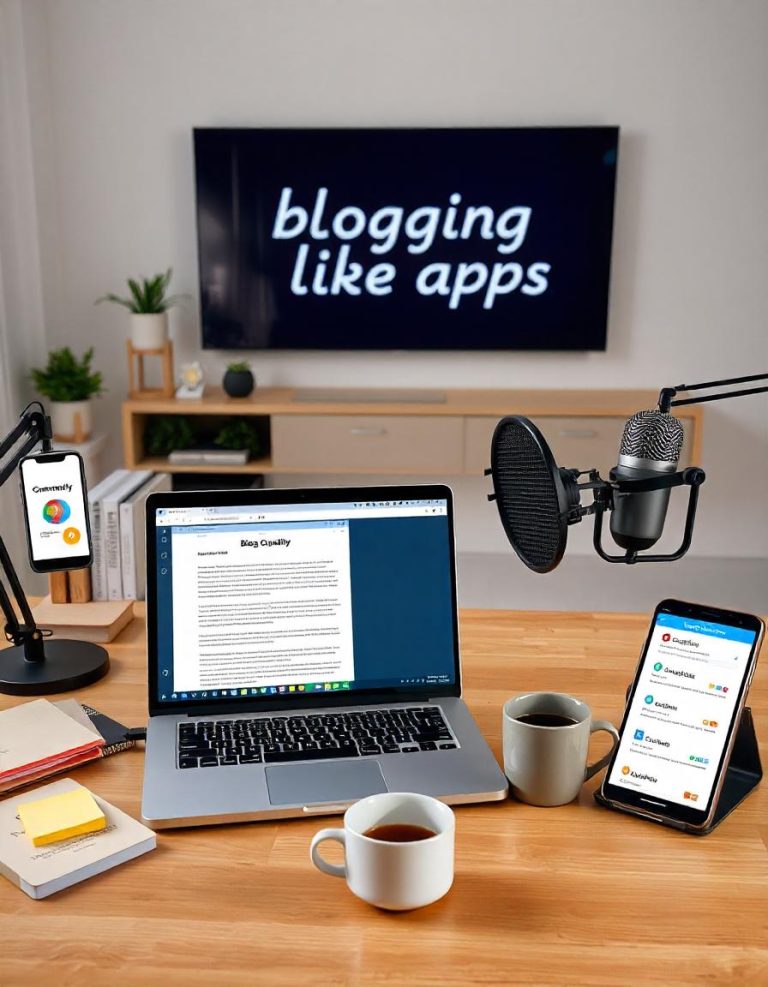Low-Cost Logo and Branding for Websites

A strong online presence is crucial for businesses of all sizes. A key element of this presence is a professional and memorable brand identity, starting with a compelling logo. While high-end design agencies can charge exorbitant fees, it’s entirely possible to achieve a professional look on a budget. Here’s your guide to low-cost logo and branding for your website:
1. DIY Tools and Resources:
- Online Logo Makers: Numerous user-friendly platforms like Canva, LogoMakr, and DesignEvo offer drag-and-drop interfaces, pre-made templates, and customizable elements. You can experiment with fonts, colors, and shapes to create a unique logo. While these tools may have limitations, they provide a cost-effective starting point for basic designs.
- Free Stock Photo Websites: Websites like Unsplash, Pexels, and Pixabay offer a vast library of free high-quality images that can be used for branding purposes, such as background images, social media graphics, and website banners.
- Free Font Websites: Google Fonts and DaFont offer a wide selection of free fonts to choose from, allowing you to add personality and style to your brand.
2. Freelancing Platforms:
- Fiverr and Upwork: These platforms connect businesses with freelance designers from around the world. You can find talented and affordable designers who can create custom logos and branding materials within your budget.
- Behance and Dribbble: These platforms showcase the work of professional designers. While you might find some freelancers who offer budget-friendly options, you can also use these platforms to get inspiration and identify design styles that resonate with you.
3. Leverage Existing Brand Elements:
- Personalize Existing Templates: If you have a basic understanding of design software like Adobe Photoshop or Illustrator, you can purchase inexpensive templates and customize them to fit your brand.
- Use Your Photography: If you have high-quality photos of your products or services, use them prominently in your branding. This can create a unique and authentic look.
4. Consider a Brand Style Guide:
Even with a limited budget, it’s essential to establish a consistent brand identity. Create a simple brand style guide that outlines:
- Color Palette: Choose 2-3 primary colors and 1-2 accent colors that represent your brand.
- Typography: Select 2-3 fonts that are easy to read and complement each other.
- Logo Usage Guidelines: Specify how your logo should be used in different contexts (e.g., on a white background, on a dark background, with a tagline).
5. Tips for Finding Affordable Designers:
- Clearly Define Your Needs: Before hiring a designer, clearly outline your project scope, budget, and timeline.
- Review Portfolios Carefully: Pay close attention to the designer’s past work and ensure their style aligns with your vision.
- Read Reviews and Testimonials: Check what other clients have to say about their experience working with the designer.
- Start with a Smaller Project: Consider starting with a smaller project, such as a logo design, and then expanding to other branding materials as your budget allows.
6. DIY Branding Strategies:
- Focus on High-Quality Content: Create valuable and engaging content (blog posts, articles, videos) that showcases your expertise and builds trust with your audience.
- Engage on Social Media: Utilize social media platforms to connect with your target audience, share your brand story, and build a community around your business.
- Optimize Your Website: Ensure your website is user-friendly, mobile-responsive, and easy to navigate.
By following these tips and exploring the available resources, you can create a professional and memorable brand identity for your website without breaking the bank. Remember that a strong brand is more than just a logo; it’s about creating a consistent and authentic experience for your customers across all touchpoints.






